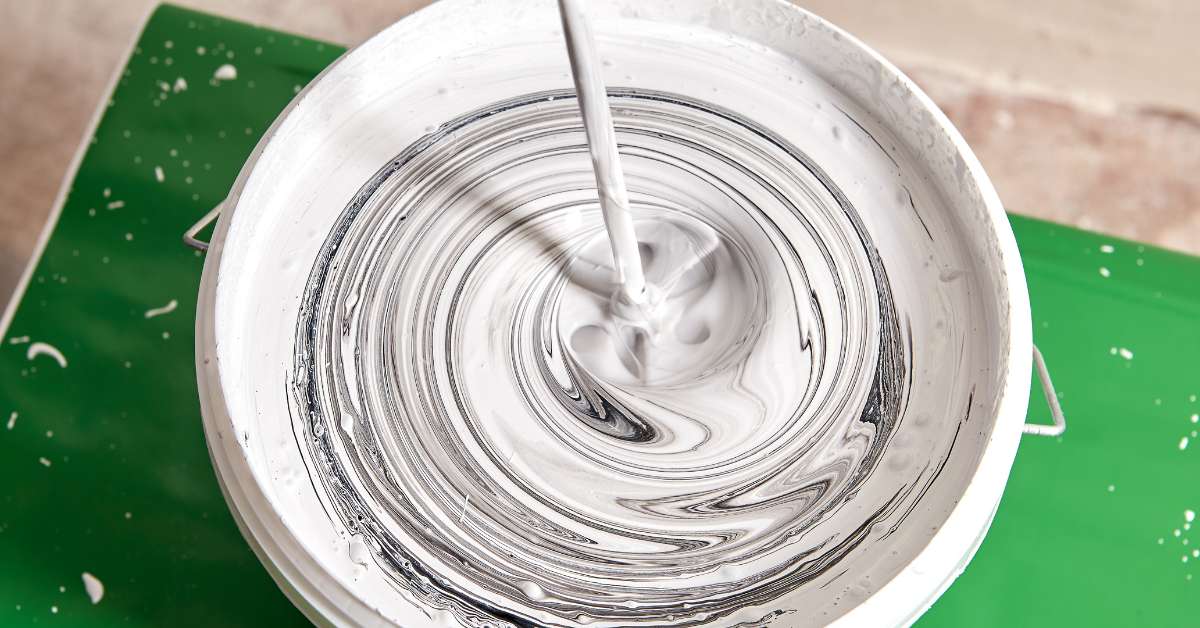As with any project, having the proper tools is key to producing professional results with your drywall project—be it taping, finishing, or texture application. One such overlooked yet essential tool is the mixing paddle; this guide will cover various aspects of selecting one to ensure a smooth mixing process without air pockets and bubbles.
Understanding the Importance of a Good Mixing Paddle
A mixing paddle is essential for consistently combining drywall compounds. The right paddle can reduce air incorporation, minimize splatter, and decrease the physical strain of mixing, ultimately making your drywall project more efficient and less fatiguing.
Key Features to Consider
- Material and Durability: The material of the paddle affects its longevity and performance. Stainless-steel paddles, for example, offer durability and ease of cleaning.
- Design and Efficiency: Paddles come in various shapes and sizes, each designed to optimize the mixing process for different compound types and project sizes.
- Compatibility with Power Tools: Ensure the paddle fits well with your power drill and can handle its speed without causing undue wear.
Choosing the Right Type of Mixing Paddle
For Homeowners and DIY Enthusiasts
If you are a homeowner tackling a small repair or a DIY project, a simple straight paddle may suffice. These are typically less expensive and can handle the mixing of smaller quantities of drywall compound effectively.
For Professional Contractors
Professionals dealing with larger or more frequent projects will benefit from a more robust paddle designed to mix larger batches of compound efficiently. Look for features like a helix or spiral design, which reduce the effort required to mix thick compounds and reach the corners of the bucket to ensure a consistent texture.
Optimal Mixing Practices
Achieving the Right Consistency
The consistency of your mixed drywall compound is crucial. It should be smooth and creamy, without lumps. A good mixing paddle will help achieve this consistency faster and with less effort.
Preventing Splatter and Reducing Air Pockets
To minimize splatter, use a paddle that fits well within your mixing bucket and operates effectively at the recommended speed of your power drill. A slower speed can help reduce the introduction of air into the mix, which is vital for preventing air pockets in your finished walls.
Cleaning and Maintenance
Always clean your paddle immediately after use to prevent material buildup, which can affect its performance and shorten its lifespan. Most paddles can be cleaned easily with water and a mild detergent.
Frequently Asked Questions About Drywall Mixing Paddles
-
What is the best type of mixing paddle for drywall compound?
The best type of mixing paddle for drywall compounds typically features a wide and flat design, which helps in efficiently mixing the compound to a smooth consistency without creating bubbles.
-
How do I choose the right size mixing paddle?
Select a paddle that corresponds to both the size of your mixing bucket and the volume of compound you plan to mix. For larger projects, a bigger paddle will mix more efficiently, while smaller paddles are suitable for touch-ups and minor repairs.
-
Can I use any drill with my mixing paddle?
Not all power drills are suitable for use with a mixing paddle. Use a drill that can handle the viscosity of the drywall compound and the resistance created by the paddle. A corded drill or a high-powered cordless model is typically recommended.
Mixing Your Compounds With Ease
Selecting an effective mixing paddle for your drywall project is essential to achieving outstanding results. By considering factors like project type, mixture size, and paddle features when making this decision, you can ensure efficient mixing action that yields professional-quality finishes.
Ready to elevate your drywall projects to the next level? AquaGuard 5000 offers top-quality mixing paddles and other essential tools to help ensure success for every drywall project – DIY enthusiast or professional contractor; AquaGuard has what you need! Shop today and discover how using the right tools makes all the difference.








